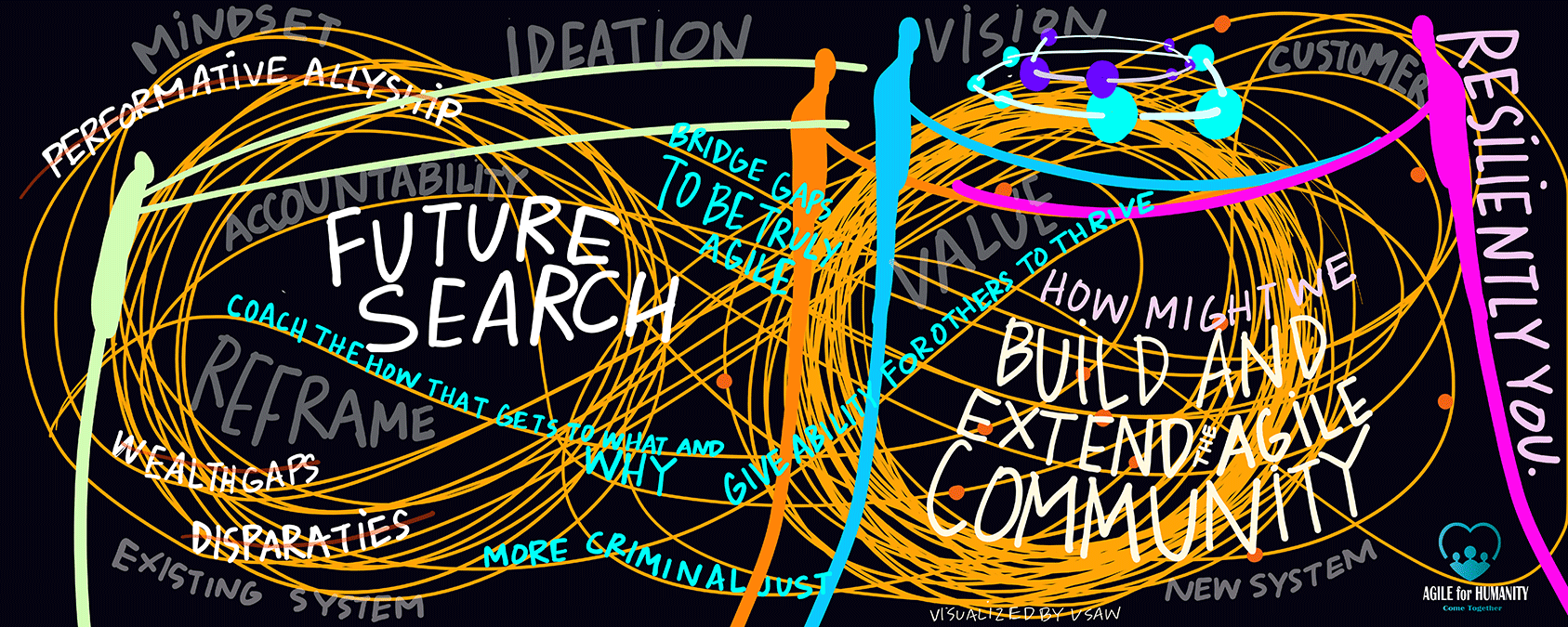E105: Generative Value Through Diversity, Equity, Inclusion, Belonging and Healing (DEIBH)

The future of work is upon us. It has always been closer than we thought, and the pandemic has only accelerated its arrival. There’s no getting around it anymore: For any organization to have sustainable success and innovation, it must be a healthy and happy workplace. For years we’ve known that Diversity, Equity & Inclusion (DEI) were necessary values to embrace if we wanted our organizations to thrive. Recently, belonging—the sense of being seen, heard, and valued—was added. But we will never be entirely successful in building a culture of belonging without also addressing Healing: the antidote to trauma that creates lasting freedom and resilience. DEIBH is the new acrostic.
DEIBH is generative in every sense of the word. We know that a culture of inclusion and belonging is good for business, that it creates value. Fully embracing the values of DEIBH, with the critical addition of healing, delivers three-fold value. Employees know that they belong, that they are valued as individuals, and that their work and contributions are of value. Happy contributing people translates into loyal customers satisfied by the value of the goods and services you provide. With these two in place, the value of the business as a whole will grow and thrive. In 2020, the consulting firm McKinsey & Company released a report on the business benefits of DEI. They found that companies in the top quartile for ethnic and racial diversity in management were 35% more likely to have financial returns above their industry mean.
Generative DEIBH is about delivering value, and much more. As the word suggests, it is ultimately about generating life: about the spark of creating something new and lasting and evolving. With it, our workplaces can be healthy ecosystems where happy contributing people, satisfied customers, and a successful business can all thrive. You can see in Figure 1, with the right culture in place, these three kinds of value will feed into each another.

As the Figure 1 diagram indicates, belonging (best summarized by the Ubuntu philosophy of “I am because we are”) is a key to making existing DEI efforts meaningful. But it is Healing that allows for the resilience that individuals and organizations need in uncertain times. The pandemic has given us a crash course in what we need to be resilient going forward. And it has added to the trauma that demands a healing response. Efforts to create Belonging without Healing will inevitably fall short. Ethnic minorities and women continue to report lower median rates of belonging, with Black and Asian women lagging significantly behind other groups.
Nurturing healthy organizations where all can thrive is certainly about culture. However, it is also about strategy, and initiatives around these issues should not be siloed in the Human Resources Department but must be embraced and championed by top leadership. Only when organizations, starting with the CEO, fully incorporate DEIBH into their strategic planning will they be able to tap into the generative value of an inclusive culture.
To achieve the full benefit of DEIBH, leaders must embrace the following growth opportunities:
- Become a generative influencer by helping your people to be seen, heard, and valued.
- Develop an ecosystem that supports satisfied customers by releasing the resilience of happy contributing people in your organization.
- Deliver value that are measurable outcomes that can be realized and shared.
Leaders acting as generative influencers
By acting as generative influencers, leaders can create a culture that supports DEIBH and help the organization to achieve its goals of creating a healthy, happy, and inclusive workplace. Leaders can act as generative influencers for DEIBH in several ways:
- Lead by example: Leaders can demonstrate their commitment to DEIBH by actively participating in DEIBH initiatives and fostering an inclusive culture. This includes setting clear expectations for how all employees should treat one another, and holding themselves and others accountable for upholding these expectations.
- Encourage employee engagement: Leaders can create opportunities for employees to share their perspectives, ideas and feedback on DEIBH initiatives, and actively listen to and address the issues they raise.
- Encourage everyone to be a partner and advocate: Leaders can help create a culture where everyone feels comfortable speaking up and taking action against discrimination, bias, and harassment, and where allies and advocates are valued and supported.
Leaders building an ecosystem for satisfied customers
By building an ecosystem that prioritizes DEIBH, leaders can create a culture that supports the satisfaction of a diverse customer base and foster loyalty to the company. Leaders can build an ecosystem for satisfied customers by implementing DEIBH in several ways:
- Create an inclusive customer experience: Leaders can ensure that all customers feel seen, heard, and valued by providing inclusive products and services, and by training customer-facing employees to provide inclusive and welcoming service.
- Understand customer diversity: Leaders can research and understand the diverse needs and preferences of their customers, and tailor products and services to meet those needs.
- Create a diverse workforce: Leaders can ensure that their workforce is diverse and inclusive, and that employees from underrepresented groups are well-represented in leadership positions. This will help ensure that the customer experience is inclusive, and that the company is better equipped to serve a diverse customer base.
Leaders enable an inclusive workplace to deliver value as measurable outcomes
The aim should be beyond the benchmarks of industry and strive toward reinventing the industry. By delivering measurable outcomes, leaders and organizations can demonstrate the value of DEIBH initiatives to employees, stakeholders, and customers, and demonstrate that the company is committed to creating a healthy, happy, and inclusive workplace.
Leaders and organizations can deliver value as measurable outcomes with DEIBH by:
- Setting clear goals and objectives: Leaders should establish clear goals and objectives for DEIBH initiatives, and ensure that these align with the overall business strategy.
- Establish metrics: Leaders should establish metrics to track progress and measure the success of DEIBH initiatives. These metrics should be specific, measurable, achievable, relevant, and time-bound (SMART) and should align with the company's goals and objectives.
- Continually learn and improve: Leaders should continuously learn and improve by staying informed of DEIBH leading practices and implementing them where appropriate.
Leaders and organizations can use a variety of metrics that leaders and organizations can use to deliver value as measurable outcomes with DEIBH initiatives. These metrics can include:
- Representation: Measures the proportion of diverse individuals in leadership positions, on teams, and in the overall workforce.
- Retention: Measures the rate at which diverse individuals stay with the organization over time.
- Employee engagement: Measures the degree to which employees feel connected to the organization and its goals.
- Employee satisfaction: Measures how satisfied employees are with their work and the organization.
- Promotions: Measures the rate at which diverse individuals are promoted within the organization.
- Customer satisfaction: Measures the level of satisfaction customers have with the company's products, services, and overall customer experience. Leaders can track customer satisfaction by conducting surveys and analyzing data on factors such as repeat business, customer complaints, and Net Promoter Score (NPS).
- Financial performance: Measures the financial performance of the organization.
It's also important to note that these metrics should be regularly reviewed and evaluated to ensure they are effectively measuring progress towards DEIB goals. It's also important to consider setting targets and establishing plans to close any gaps in these metrics, and to consider the intersectionality of race, gender, and other dimensions of diversity.
